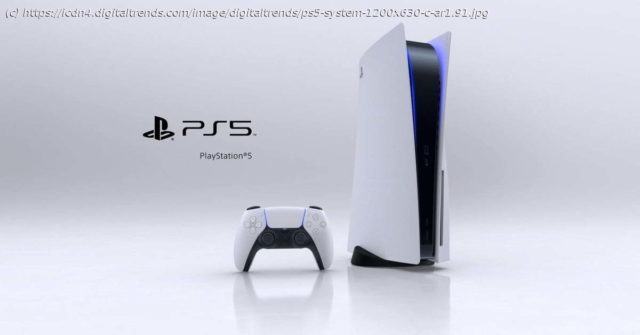The PS5 is almost here, and we finally have an idea of how the console will perform. In this PS4 versus PS5 comparison, we’ll see if an upgrade is worth it.
The PS5 is quickly approaching, and although it may not be the world’s fastest console, it’s a significant upgrade over the PS4. With a whole new architecture, superior resolution support, and faster storage thanks to the SSD, the PS5 is better than the PS4 in almost every way. Thanks to the recent PS5 reveal, which showed off the games to expect from the system, we now know much more than before. There’s a lot to talk about here, so let’s waste no time in comparing PS4 vs. PS5.
Even a cursory glance at the specs of the PS5 shows that it’s in a different league than the PS4 (and even the PS4 Pro). Sony has improved the capabilities of its platform in every way, adding more efficient storage, faster compute parts, support for larger capacity disks, and support for higher resolutions.
We’ll get into the specifics of most of these specs as we go throughout this comparison. As a general note, though, it’s important to consider the context of these specs. The PS5 is a much newer console built on a different architecture, and because of that, some of the specs shouldn’t be directly compared.
For instance, the PS5 and PS4 Pro have the same number of compute units (CU), but the PS5’s CUs have a much higher transistor density, making them more powerful than the PS4’s CUs. That said, other specs can be directly compared. The PS5 has a strictly better optical drive and resolution support, for example.
The PS4 and PS5 are both based on custom AMD Radeon chips, though the latter packs a lot more of a punch. Sony is boasting twice the number of CUs on the PS5, as well as significantly higher clock speed. However, the biggest difference between the two comes in the ever-important TFLOPs.
“Teraflops” is a hot term for console developers, and for good reason. Although TFLOPS aren’t holistically indicative of performance, it’s a solid number to refer to when making comparisons. The PS4, with its 18 CUs running at 800MHz, clocks in at 1.84 TFLOPS, meaning it can handle 1.84 trillion floating-point operations per second. By contrast, the PS5’s GPU is rated for 10.3 TFLOPs.
Referring to that single number, the PS5’s GPU is roughly eight times more powerful than the PS4 and two and a half times more powerful than the PS4 Pro. Sony is able to achieve such high performance because of the PS5’s 36 CUs and higher clock speed. Over the PS4, the PS5’s cores run at 2.23GHz with variable frequency.
The higher clock speed is expected, but we’re more interested in variable frequency. Speed is capped at 2.23GHz, though it will lower based on what’s required of the GPU. Locked at 800MHz, the PS4 varies power based on the workload to meet the clock speed. More demanding games require more power, but the speed is always 800MHz.
For the next generation, power is the constant and clock speed is the variable. In the PS5 technical reveal, system architect Mark Cerny explained why this was the case, stating that a graphics core with 36 CUs running at 1GHz would produce the same number of TFLOPs as a 48 CU core running at 750MHz — 4.6 TFLOPS — but gaming performance would not be equal.
The general idea is that higher clock speed is better, not more CUs, as the extra, slower units wouldn’t have enough computing work to pull their weight. By allowing variable frequency, the PS5’s GPU can achieve much higher clock speeds than expected, so long as the higher frequency can be supported by the system’s power budget.
So far, we’ve compared PS4 vs. PS5 graphics on raw numbers, but that doesn’t take into account the latter system’s more modern architecture. Each of the PS5’s CUs has roughly 60 percent more transistors than a PS4 CU. As Cerny pointed out in his presentation, that means the 36 CUs of the PS5 equal the same performance as 58 PlayStation 4 CUs.
In short, the graphical capabilities of the PS5 are massively more impressive than the PS4. The PS5’s GPU will have more cores, and those cores will be faster and more efficient.
The PS5’s increased graphical fidelity is, presumably, to push games to resolutions never seen before. For output, the PS5 supports 4K at 120Hz and 8K, both with variable refresh rate as determined by HDMI 2.1. By contrast, the base PS4 can output at 1080p, often decreasing resolution in-game based on power consumption, and the PS4 Pro can output at 4K.






